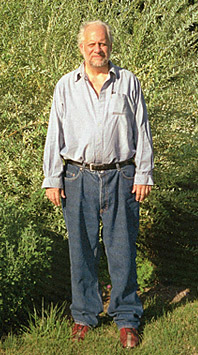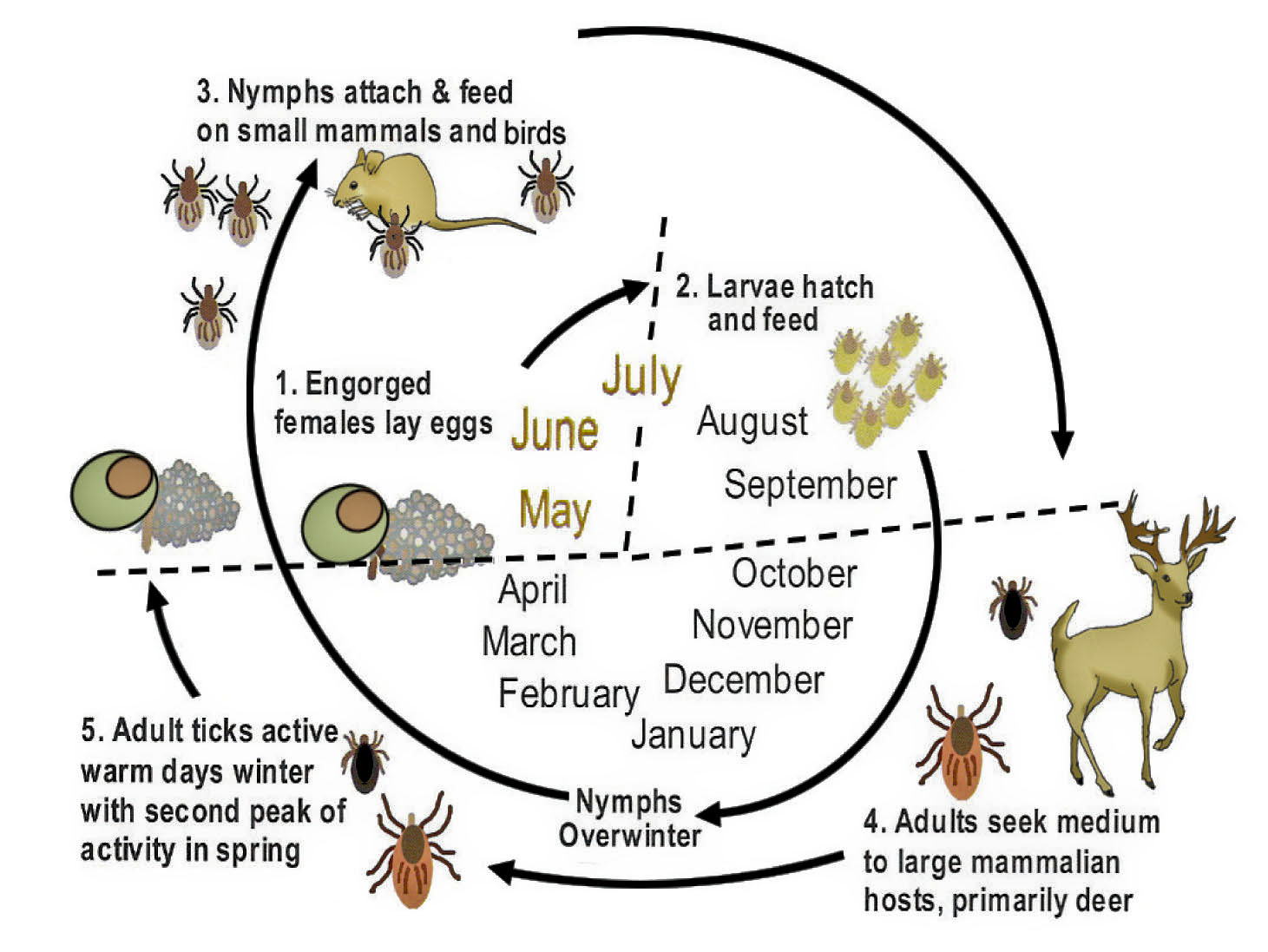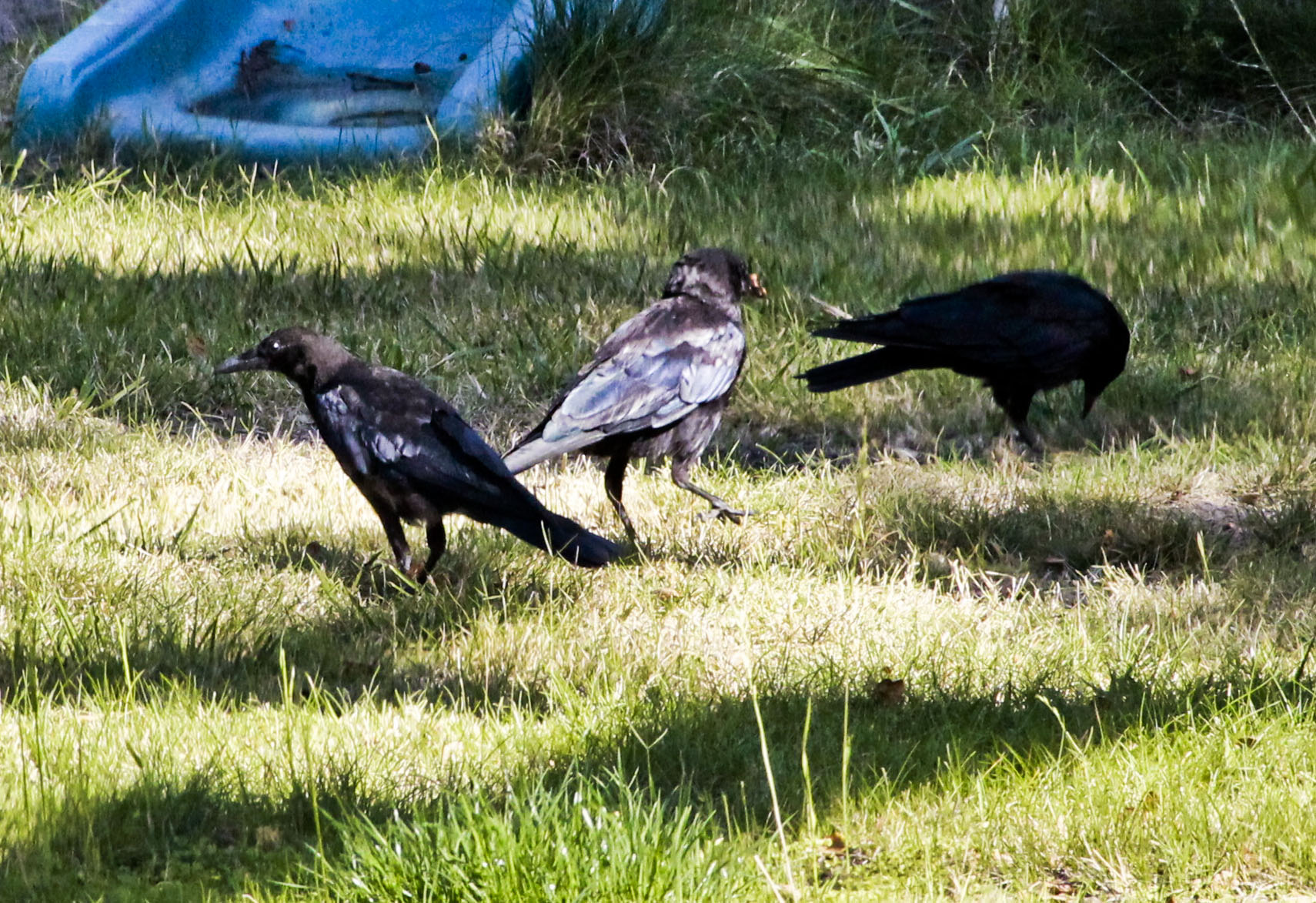At A Stop Light: Guest Blog by Nick Rhodehamel
On my way to the last Heronswood Nursery west coast open house for 2011, I paused at a red light and waited to turn left. Coming from the opposite direction, I saw a motorcycle. It was very early morning, Saturday. There were few other vehicles on the road. The motorcycle was coming fast, accelerating hard down a hill, maybe a quarter mile away. Even at that distance I could see that it was a sport bike with the driver practically lying on the seat.
Virtually all motorcycles are quick these days. Generally, they go from 0 to 60 miles per hour in about 4 seconds. The fast ones do it in less than 3 seconds. And unless they are large cruisers, most will do a quarter mile at well over 120 mph. This particular one was hitting the mid 120s. For a moment, I thought he wouldn’t be able to stop before the light. Then I remembered how light the bike must be and what great brakes it no doubt had.
The driver began slowing. I imagined the satisfying feeling of force shoving him forward as the brakes caught and held and him bracing against the handle bars and gripping the seat with his knees. As he approached the stop light, there was a dip in the road, and from my perspective all but the top part of the driver and the bike’s wind screen disappeared. Then that too was gone. Like slowed frames of film, I saw for an instant his legs in the air and then maybe the bike’s wheels as it flew up and over. It all happened lightning fast and seemed rather like the ultimate goal of his unconscious mind: instant death. “I do not like my life; please remove it immediately.”
I drove a motorcycle when I was 20. It was a well-used 1967 BMW R69S—a fine machine. I weighed about 110 lbs; it weighed 450 lbs, so we were a bit mismatched. There was a rhythm to getting it on its kick stand. I perfected that because not to do so conflicted with my image of myself at that time. Once or twice, on soft ground, the bike fell over. It was a struggle to get it up again. Once I ran out of gas late at night; I couldn’t very well leave the bike by the side of the road, and I was far from a gas station. So I pushed. While pushing up a long, steep hill, I had to lean into the bike and move it little more than 20 feet at a time before breaking and resting. After the hill, it was easier, but I pushed most of the night.
That bike made me feel exceedingly hip and cool. It was very fast and powerful. Of course, by today’s standards, it was a dog with a maximum speed of only 110 or so. Who knows what its 0-to-60 statistic was? But speed wasn’t entirely the point—it was smooth, comfortable, and easy to ride. In one 24-hour period, I rode it over 1000 miles. A mythological creature. But I drove that bike for half a year only before I wrecked it as I was approaching an interstate entrance.
I still don’t know what I did. I was going maybe 50, my attention wavered, and then I simply drove off a gentle curve in the road. “Ride it out,” I thought. But the bike hit the ditch, went sideways, and down and over. I was hurled off. My helmet had deep gouges on one side, and one of the bike’s valve covers was torn off. I was otherwise unhurt, although I had a stiff neck for a month afterwards. It all happened so fast.
I don’t know what caused this kid last week to crash. But before he crashed, the bike had almost stopped; then it violently pitched up to its right and over, its driver catapulted and flipped over onto the ditch. Mechanical failure is not likely; maybe he caught a right-side foot peg on the concrete of the curb. If so, there should be tell-tale scratches on the curb. I meant to go back and look, but I never did.
I could see him getting up, and by the time the light had turned green, two cars had stopped. Their drivers had already reached the kid and his wrecked motorcycle. He was on his feet now, standing still and maybe trying to figure out what had happened. For him too, it had all happened so fast. I wanted to stop to see if he was OK, but with the other drivers there, I figured I could do nothing more than they had already done, so I drove on to Heronswood and the Garden Conservancy-sponsored open house.
In gardens, the world is controlled. It seems nothing “happens so fast”. You know, more or less, what to expect. Time in a garden is almost time outside of time. Gardens hold the security of the past and the promise of the future. You proceed with certain thoughts or impulses, and only later are you certain where you were headed. In gardens, we overlook motorcycle wrecks, the gyrations of the stock market, and the intractability of society.
Sure, the sense of control and timelessness are an illusion. Precipitous things happen all the time in the garden. Small or large, calamity strikes: vermin, deer, disease—you name it. All damage or take plants and fruits before you can stop them or even know enough to try. Certainty and control are not assured. Plants fail to thrive or die often for reasons unknown. And there’s weather—wind, heat or cold, floods, hail. But for us, these are not life and death issues.
The gardens at Heronswood are a fine example of a controlled world that can seem outside of time. Unique patterns or combinations of plants in different stages of growth appear fixed and controlled—like three-dimensional snapshots in time. But, simultaneously, Heronswood is changing, always different, from week to week and year to year. Currently, fall is coming on, and things look a little drab; chlorophyll is breaking down and other pigments showing: some brighter, most duller. The summer composites are in full display, and a few of the small fall blooming plants such as cyclamen are showing. A few of the hydrangeas are absolutely spectacular, while others look a little faded.
It has been a treat for me to attend these open houses at Heronswood and to see the progression of the seasons through the lens of the plants at Heronswood. If you missed them this year, watch the website for coming events in spring, and enjoy your fall.

End of the day. Heronswood parking lot ringed by Douglas fir.

Hydrangea paniculata ‘Grandiflora’

Hydrangea paniculata ‘Grandiflora’ panicle

Impatiens omeiana from western China.

Daphniphyllum macropodum subsp. himalayense leaf cluster.
























































































